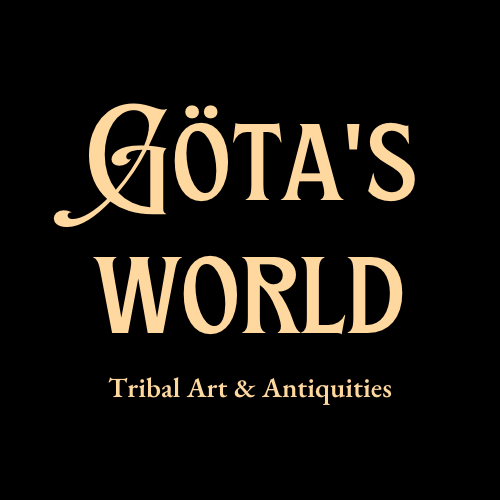Ming Dynasty Glazed Pottery Tomb Attendant
Ming Dynasty Glazed Pottery Tomb Attendant
Couldn't load pickup availability
Ming Dynasty, c. 1550–1644, China
This exquisite Fahua ware figure portrays an elderly bearded court official or dignitary, meticulously crafted to convey authority and wisdom. Seated gracefully on a wide pedestal with a footstool, he wears flowing robes detailed with vibrant overglazes in turquoise, deep aubergine, and ink blue—hallmarks of Fahua ceramics. His official cap and dignified posture, with one hand resting on his belt and the other on his knee, lend the piece an air of solemnity and refinement.
The Fahua technique, defined by its palette of low-fired glazes, flourished during the Ming dynasty, highlighting the era's artistic innovation. Such figures, known as mingqi or "spirit goods," were crafted as burial offerings, reflecting the belief in an afterlife where the deceased required attendants and symbols of their earthly rank and lifestyle. The Ming dynasty (1368–1644), regarded as one of China’s cultural and economic pinnacles, saw a revival and enhancement of the tradition of tomb figurines that had its roots in the Han and Tang dynasties. Ming tombs often featured an array of glazed and unglazed terracotta figurines, showcasing the deceased's wealth and social status. The vivid green and amber glazes, reminiscent of more costly bronze artifacts, were crafted using lead-based techniques inspired by earlier Roman imports. This dignitary figure not only embodies the craftsmanship of the Ming era but also serves as a window into the spiritual beliefs, societal structures, and artistic achievements of one of China’s most illustrious dynasties.
Excellent condition. Intact. Age-related wear and abrasion. Fritting and glazing flaws. Size approx. 18,6cm x 9,5cm x 6,3cm.
Provenance: Swedish private collection
References and further reading:
The Matter of Tang Tomb Figures; A New Perspective on a Group of Terracotta Animals and Riders, Lucien Van Valen & Isabelle Garachon, The Rijksmuseum Bulletin, Volume 62. pp. 218-239, 2014.
Dream of Ideal Life in Ancient China: Ceramic Miniatures of Architectures, Household Goods, People and Animals, Aichi.ken Toji Shiryokan, Seto, 2005, no. 14, p. 34.
Antecedents of Sui-Tang Burial Practices in Shaanxi, Mary Fong, Artibus Asiae 51, no:s. 3–4 (1991), pp. 147–98.
Mingqi - Items for the next world, Jan-Erik Nilsson, Gotheborg.com (https://gotheborg.com/glossary/mingqi.shtml)
Immortality of the Spirit: Chinese Funerary Art from the Han and Tang Dynasties Exhibition Catalogue, Jill J. Deupi, Ive Covaci & Leopold Swergold, Immortality of the Spirit - Ephemera. 1, Fairfield University, 2012. (https://digitalcommons.fairfield.edu/immortality_ephemera/1)
The Vibrant Role of Mingqi in Early Chinese Burials, Heilbrunn Timeline of Art History, Heather Colburn Clydesdale, Independent Scholar, The Metropolitan Museum of Art, April 2009. (www.metmuseum.org/toah/hd/mgqi/hd_mgqi.htm)
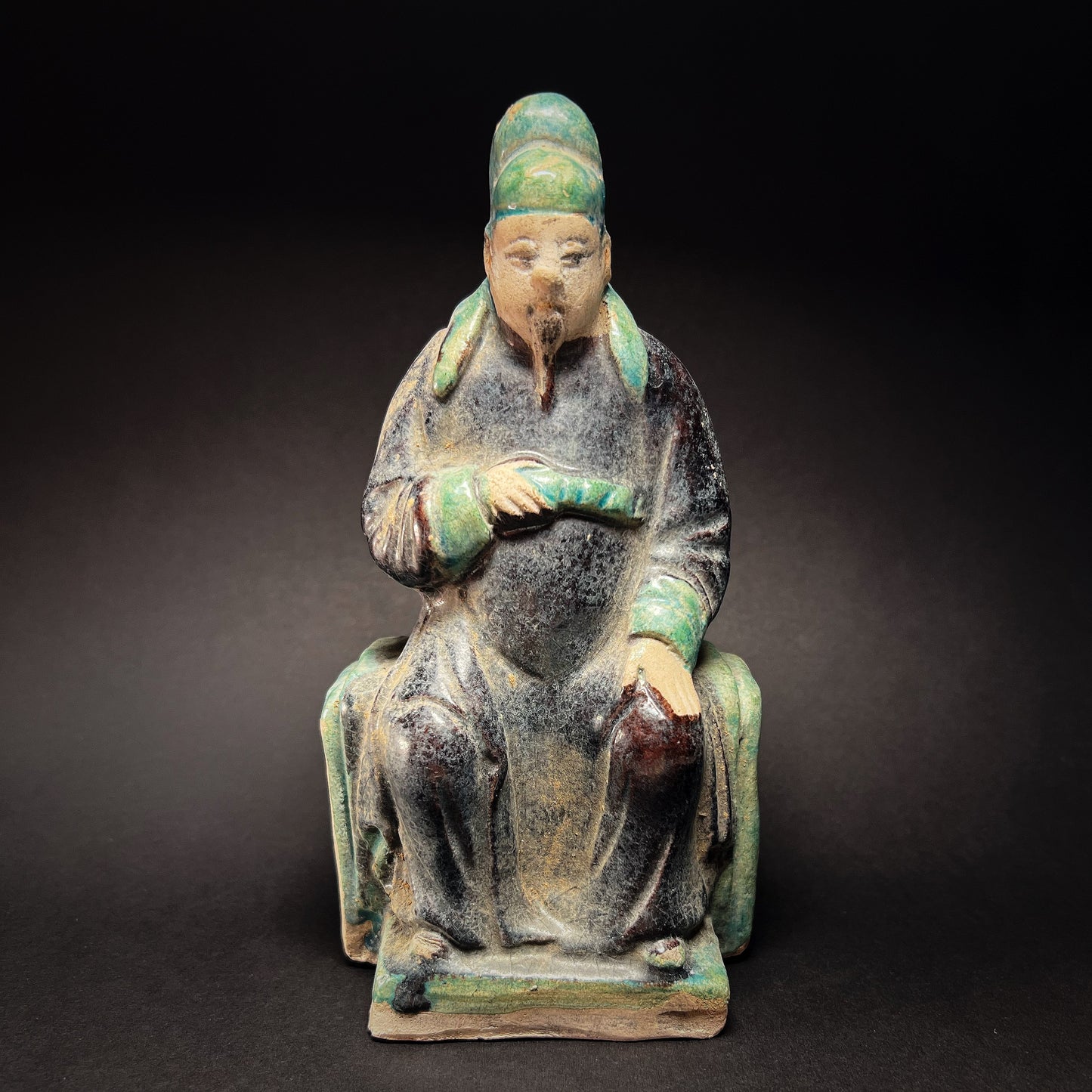
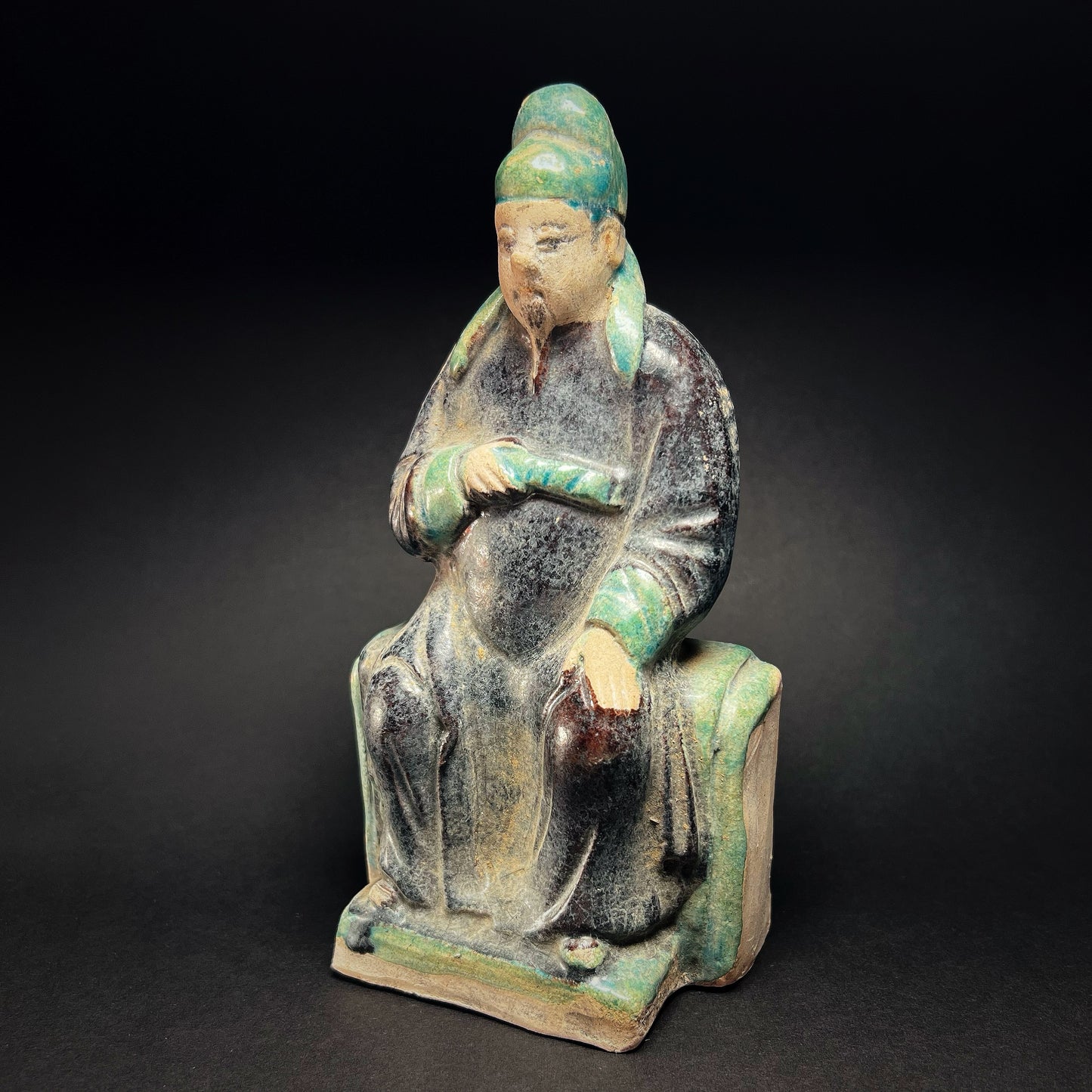
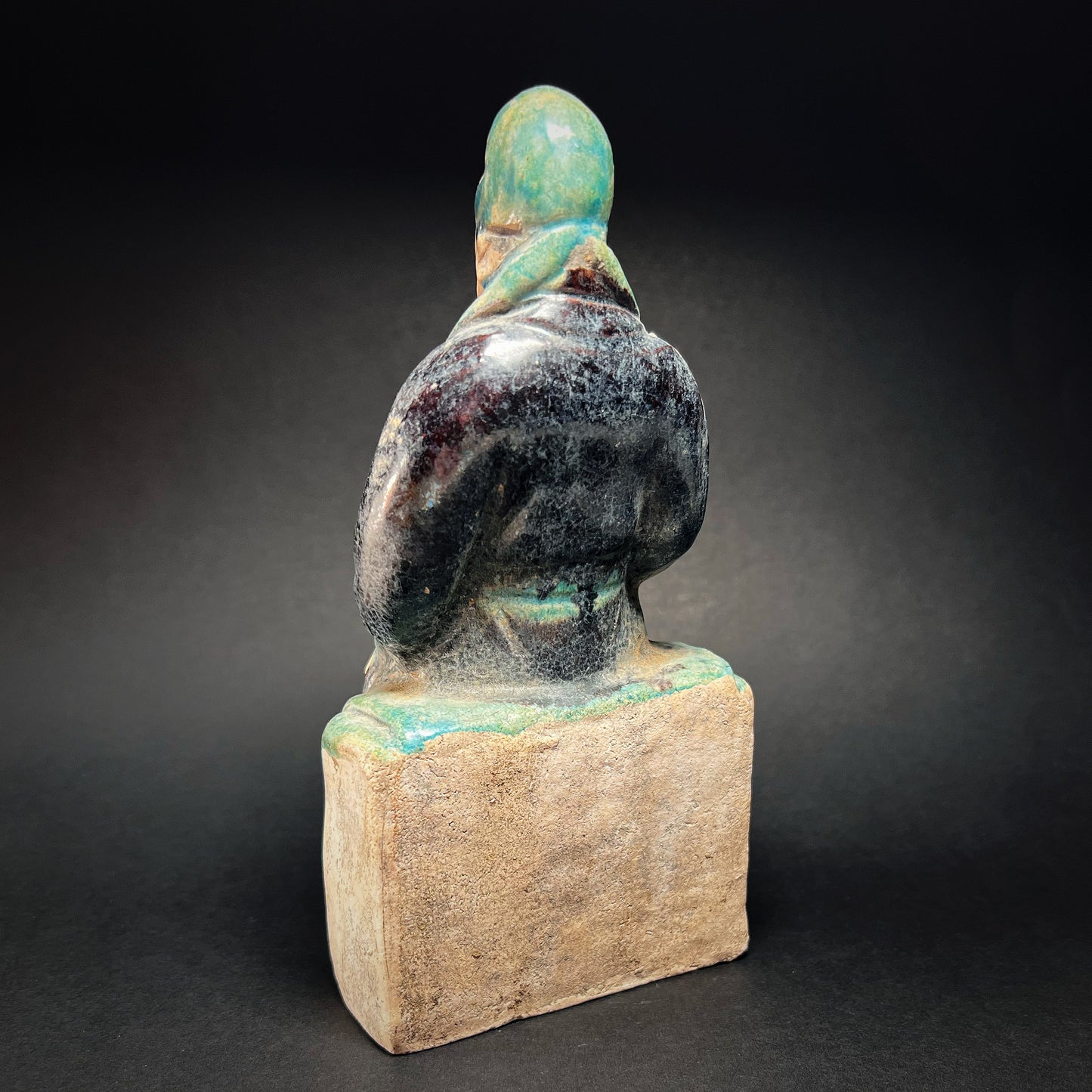
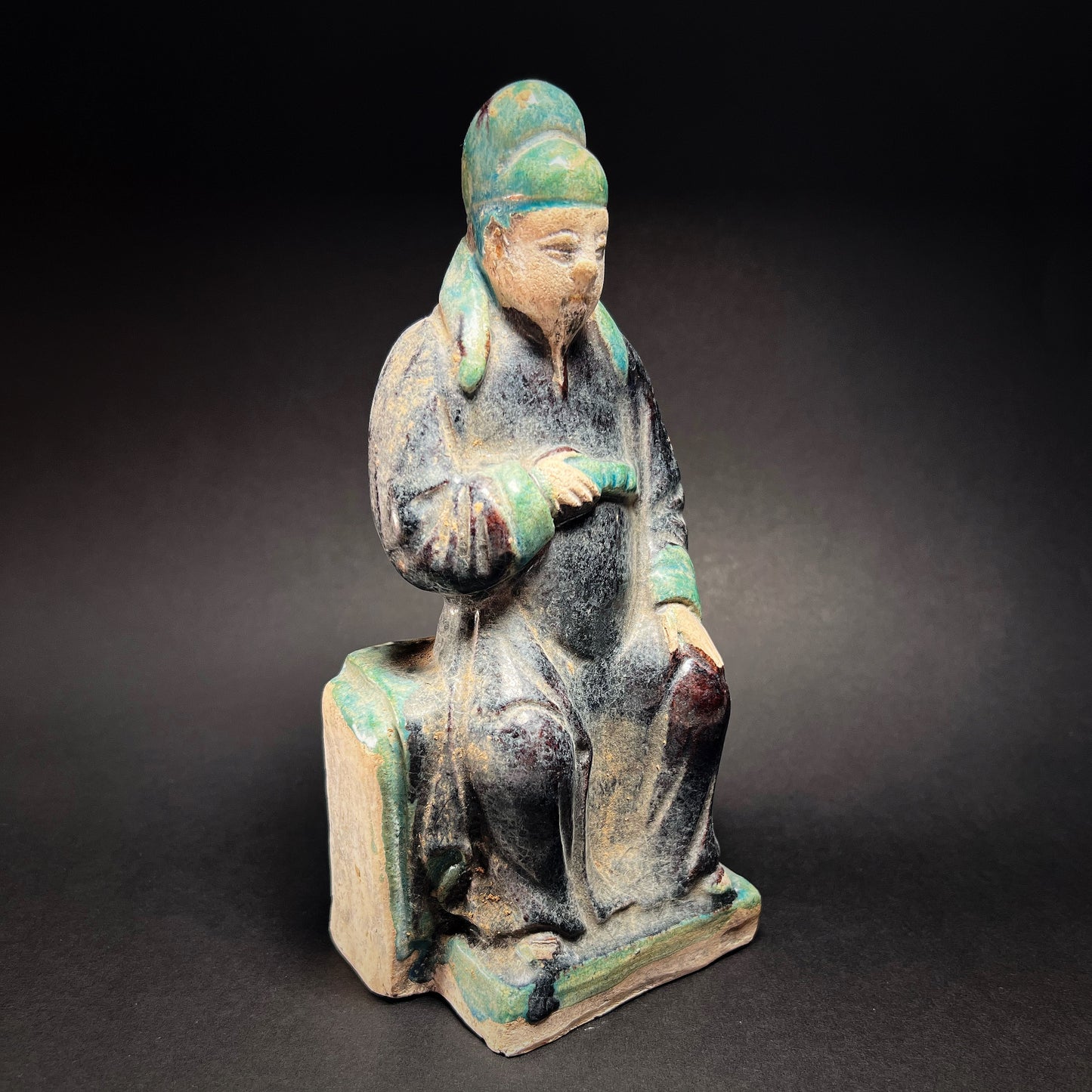
-
Shipping
The shipment will be prepared in the course of 3-5 days and dispatched via Posti Group Oyj or purchased item(s) can be picked up from our shop during the store's opening hours (Tarkk’ampujankatu 4, 00140, Helsinki, Finland). Within the Finland, all items are shipped via Posti Group Oyj unless otherwise requested. We pack the items carefully and mainly in recycled materials because we want to save nature. You will receive the tracking number for your items by e-mail.
-
Returns
Returns and exchange will be accepted within fourteen days (14) of receipt at the purchaser’s cost to include freight and packaging. Items must be returned in the same condition as when they were shipped, and will not be accepted if damaged or altered in any way. Please inform us via email (info@gotanmaailma.fi) or by calling +358408408352 before sending. We do not accept returns more than 14 days after delivery.
